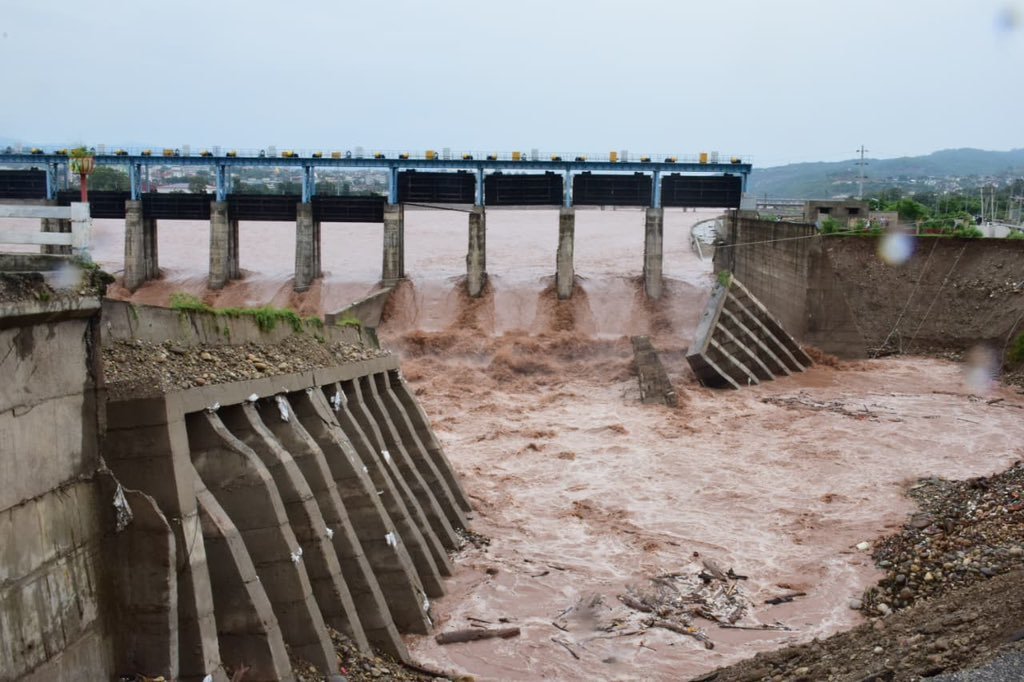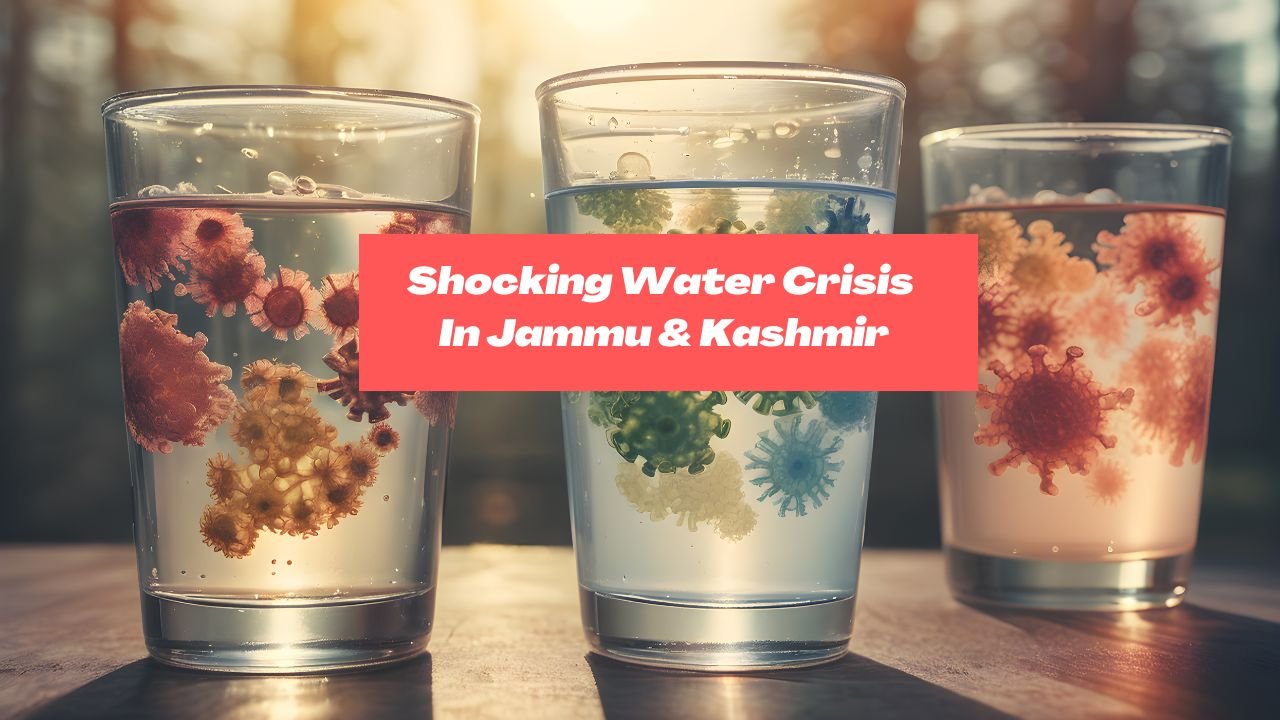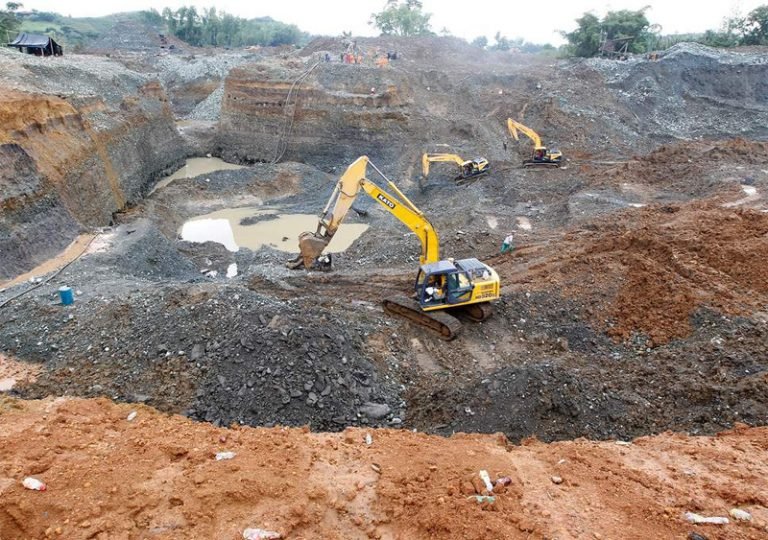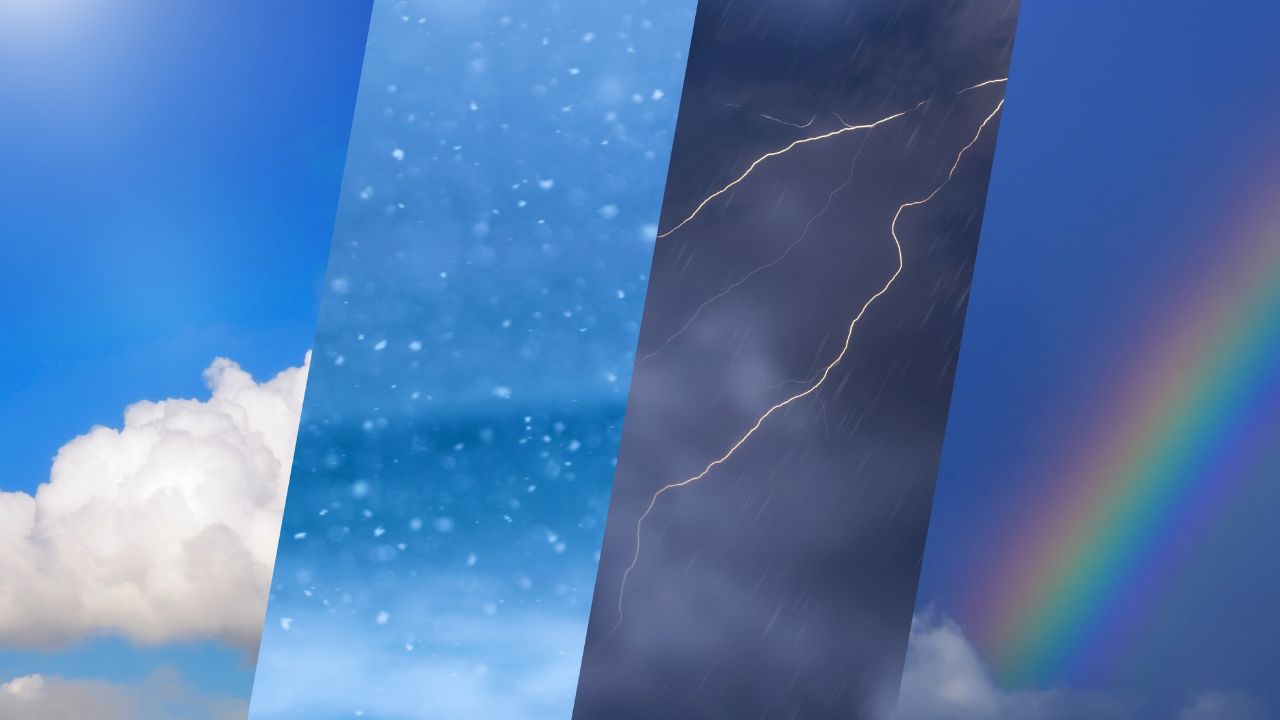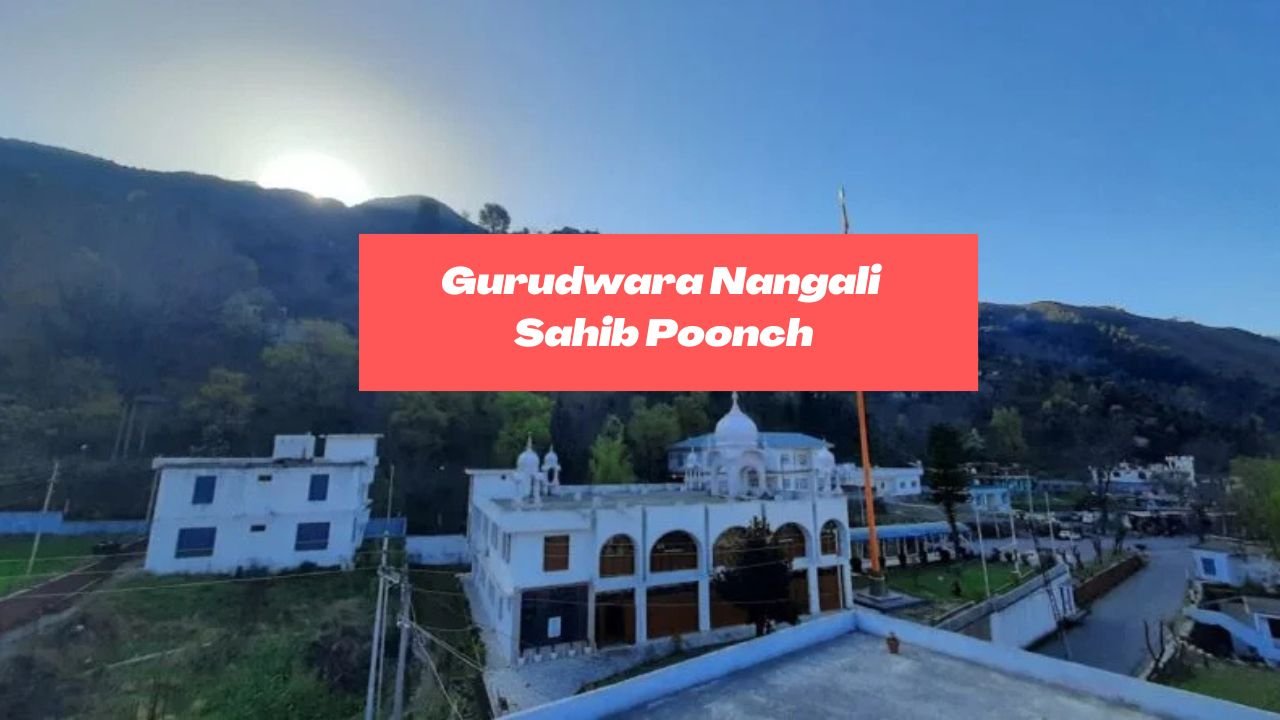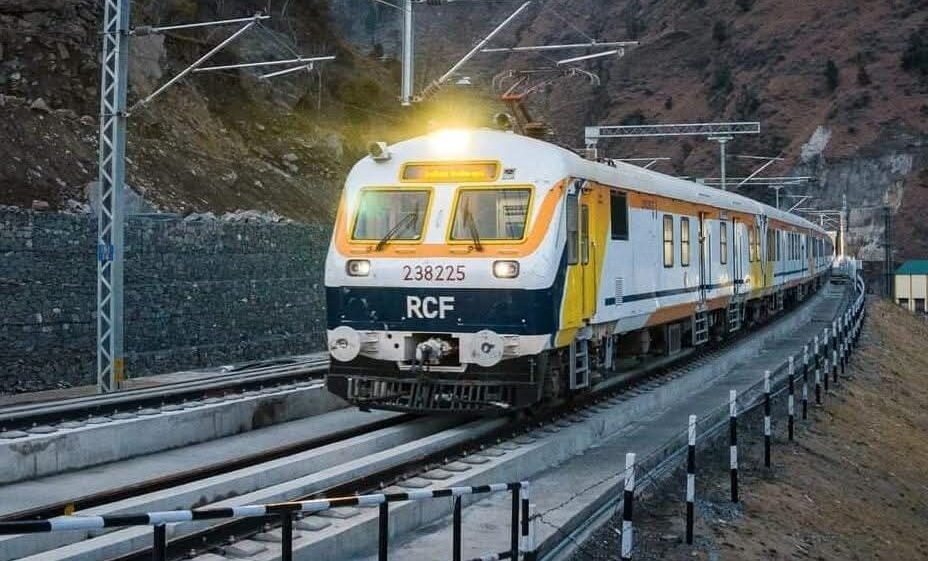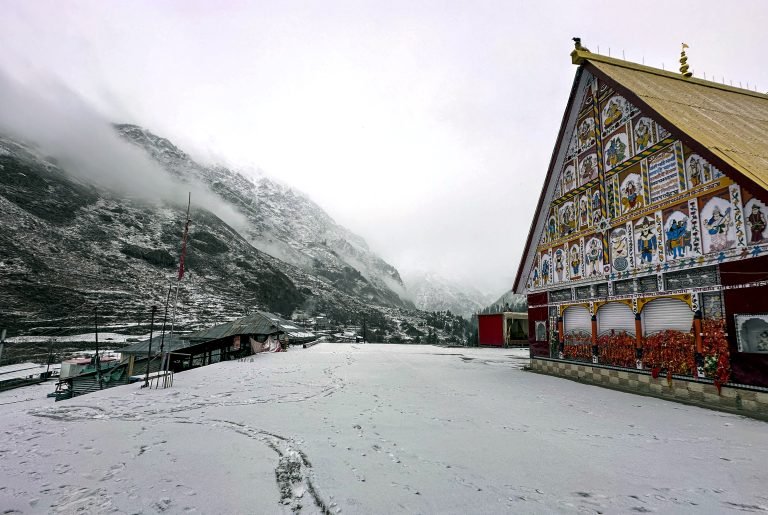The Union Territory of Jammu & Kashmir has been grappling with widespread devastation after days of relentless rainfall triggered flash floods, landslides, and record water levels across multiple districts. While the intensity of rain has eased, the damage left behind is immense, affecting thousands of residents, disrupting transport, and leaving essential services crippled.
Weather Warning Downgraded but Risks Remain
The India Meteorological Department (IMD) has provided a measure of relief by downgrading the previous Red Alert to a Yellow Warning for Jammu & Kashmir. According to the latest forecast, only isolated heavy rainfall (7 to 11 cm in 24 hours) is expected over Jammu, Udhampur, and Doda districts for the next two days. Conditions are predicted to improve further from August 29, offering a much-needed break for flood-hit regions.
Mass Evacuations and Rescue Operations
More than 5,000 residents have been evacuated from inundated low-lying areas and riverbanks in Jammu and Samba districts. Rescue operations led by the Army, Air Force, and disaster response teams continue to bring stranded families to safety.
- At least 86 marooned people, including 26 CRPF personnel, were airlifted after the Ravi River breached three floodgates of the Lakhanpur barrage, severely damaging the main road bridge.
- In Katra’s Trikuta Hills, a devastating landslide claimed 35 lives of Vaishno Devi pilgrims, while four more people, including a BSF jawan, were killed in separate flood-related incidents.
Record Rainfall in Jammu After More Than a Century
Jammu recorded an unprecedented 380 mm of rainfall in just 24 hours — the highest since the establishment of the observatory in 1910. The nonstop downpour, which lasted more than 38 hours, left 20 to 30 localities underwater, particularly in:
- Peerkho
- Gujjar Nagar
- R.S. Pura
- Nikki Tawi
- Beli Charan
- Gurkhanagar
- Qasim Nagar
- Rajiv Nagar
- Akhnoor
- Pargwal
Officials confirmed that many families living along the swollen Tawi River have already been shifted to safer locations.
Essential Services Severely Hit
The floods have paralyzed electricity, water supply, and internet services across large parts of Jammu division. Over 700 houses and more than 100 tube wells and dug wells belonging to the Jal Shakti Department were destroyed, causing a drinking water crisis in rural areas. Tankers have been deployed to ensure emergency water supply.
Power supply remains disrupted in multiple districts and tehsils, while communication networks are still down in several flood-affected regions. Schools and colleges across the division have been ordered closed until further notice.
Infrastructure Damage and Historic Losses
The floods wreaked havoc on vital infrastructure, including the historic Madhopur bridge, which suffered severe damage. Rivers such as Ujh, Tarnah, Basantar, Tawi, Chenab, Munawar, and Devak have all crossed danger levels, washing away assets and creating further challenges for authorities.
Road Closures and Transportation Crisis
Connectivity across Jammu & Kashmir has been severely disrupted. The Jammu-Srinagar National Highway — the region’s lifeline — has remained closed for three consecutive days due to multiple landslides between Udhampur and Ramban.
- Over 500 to 600 vehicles are stranded at various points along the route.
- The Kishtwar-Sinthan-Anantnag highway has also been closed.
- Inter-district roads including Batote-Doda-Kishtwar-Paddar, Kathua-Basohli-Bani, Udhampur-Ramnagar-Basantgarh, and Katra-Reasi-Mahore-Gool are blocked by landslides.
Although the Mughal Road has been restored, traffic police continue to regulate vehicular movement. Commuters from Katra and Udhampur have been asked to carry photo IDs to facilitate smooth passage.
The Border Roads Organisation (BRO) is working round-the-clock with heavy machinery to clear debris and restore traffic, but continuous rainfall poses new challenges.
Government Response and Relief Measures
Union Minister Jitendra Singh confirmed via X (formerly Twitter) that the Divisional Commissioner of Jammu, Ramesh Kumar, is in constant coordination with government departments to monitor the situation. Relief teams, medical staff, and security forces remain deployed in high-risk zones.
Meanwhile, the Chenab River continues to flow close to danger levels, keeping flood concerns alive in downstream areas.
The floods of August 2025 will be remembered as one of the most severe natural disasters in Jammu’s recent history, echoing past tragedies. While the weather is expected to improve in the coming days, the damage to lives, infrastructure, and livelihoods has already been devastating.
With record-breaking rainfall, mass evacuations, and roads cut off for days, the people of Jammu & Kashmir once again face the challenge of rebuilding and recovering from nature’s fury.

